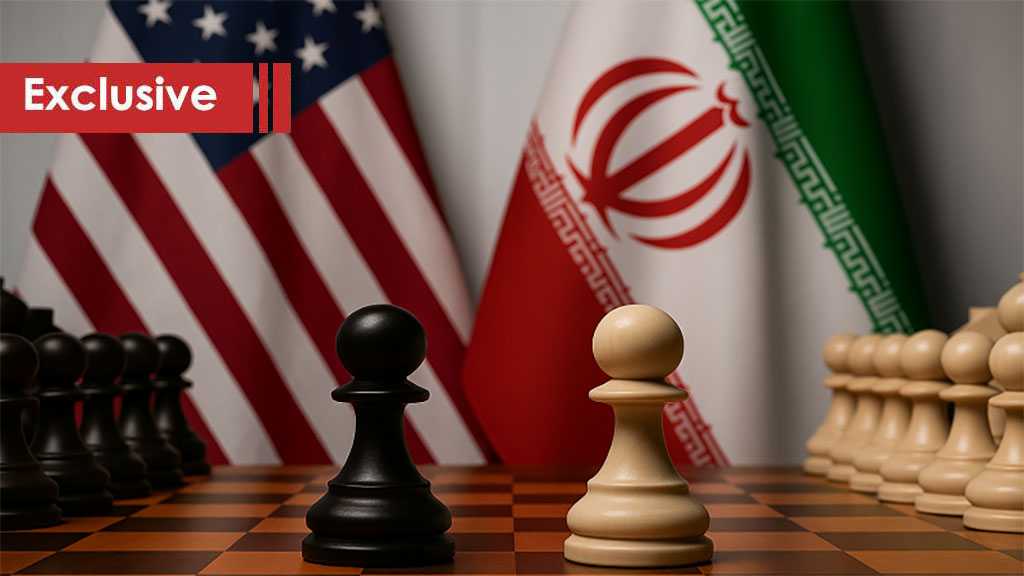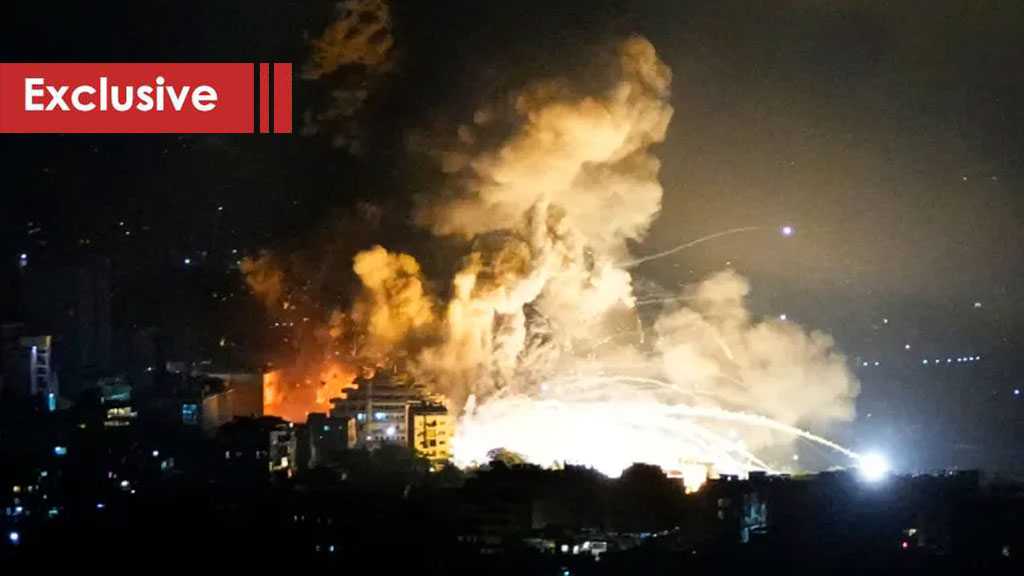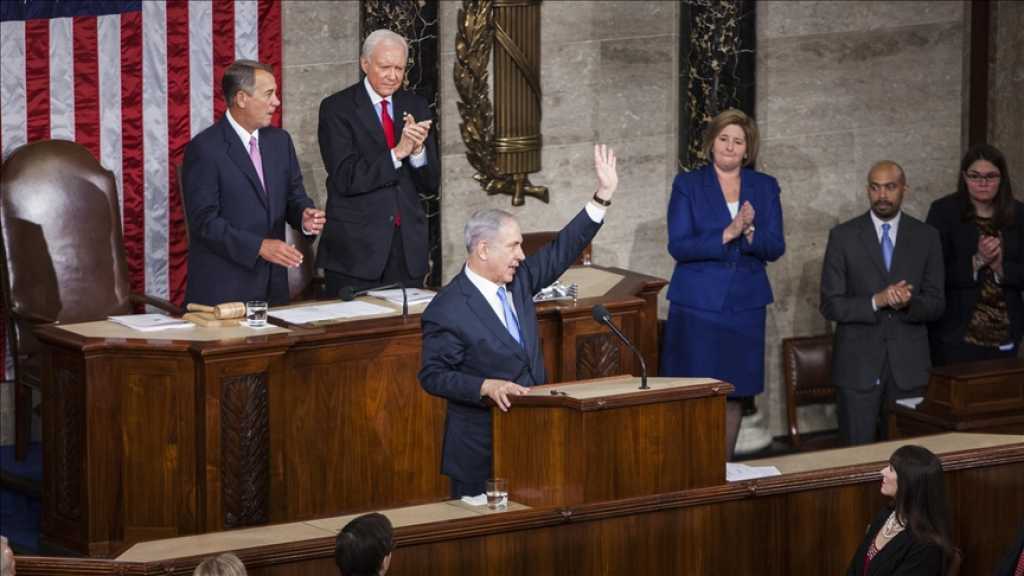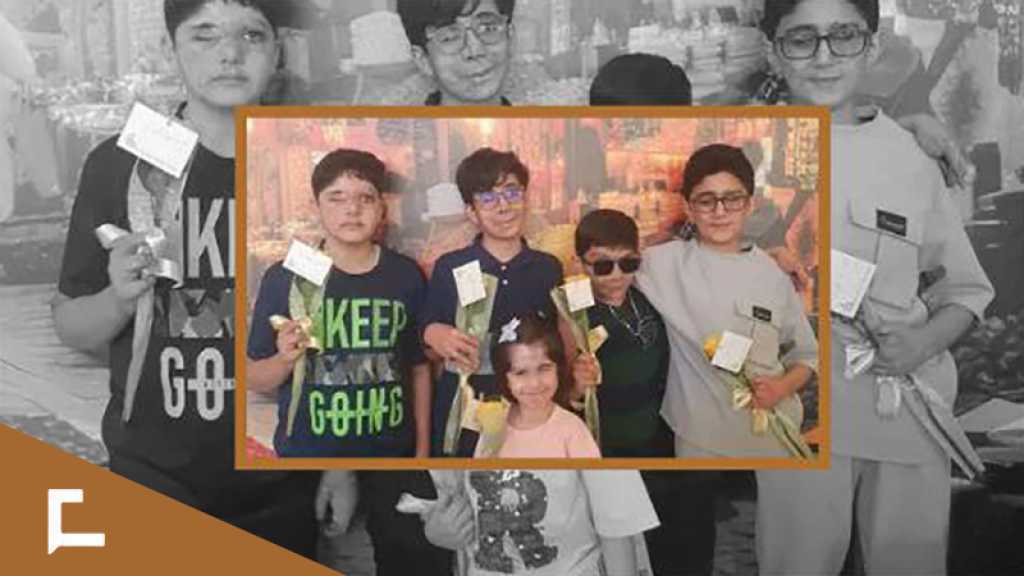After Its Second Round: US-Iran Negotiations Reveal the Steadfastness of the Resistance

By Ihab Shawki
The resistance fronts have managed to create a strategic dilemma for the US-led hegemonic bloc, where Zionism acts both as the agent and the leader of colonial ambitions. This dilemma stems from a colonial belief that the conflict is existential in nature and that the resistance’s ultimate objective is full liberation from colonialism and foreign domination. As a result, the conundrum lies in the hegemonic camp's inability to eliminate the resistance, coupled with its unwillingness to accept its rights or tolerate its continued existence.
This reality is clearly reflected in the ongoing US-Iran negotiations. Despite the tense and hostile atmosphere, the second round concluded with significant progress, and a third round has already been announced. This alone signals a shift in the US stance—from threats and bluster to a more realistic approach that acknowledges the deterrence established by Iran and the resistance fronts.
Although officially centered around Iran’s nuclear program, these negotiations have far-reaching implications. The outcome—shaped by strategic and political will—could influence not only the region’s future but the global geopolitical landscape. Notably, while internal divisions plague the US negotiating team, Iran has entered the talks with a unified and consistent position. This internal US disarray, masked by rhetorical threats about nuclear weapons—despite Iran’s repeated assertions that it neither seeks nor plans to develop them—highlights the clarity and firmness of Iran’s red lines.
One of Iran’s early victories was its success in keeping the negotiations focused solely on the nuclear file, despite Washington’s push to include discussions about Iran’s regional influence, the resistance groups, and deterrence capabilities.
The Iranian delegation arrived in Rome with full authority to pursue a comprehensive agreement based on nine core principles: seriousness, guarantees, balance, lifting sanctions, rejecting the Libya/UAE model, rejecting threats, swiftness, blocking spoilers [such as “Israel”], and encouraging investment. Advisor to the Leader of the Islamic Revolution, Ali Shamkhani, summarized Iran’s position by stressing that it seeks a balanced deal—not surrender.
This assertion of political will comes at a crucial time, as the hegemonic camp attempts to portray itself as victorious and the resistance as weakened—particularly following the fall of the Syrian government and the assassination of key resistance leaders.
However, the resistance fronts have remained firm in their principles. Above all, they continue to emphasize the centrality of political will in this conflict. The current negotiations are unfolding amid intense diplomatic activity, underscoring the seriousness of the moment and the resistance’s determination not to compromise on fundamental positions.
Key markers of this steadfastness include:
- After the first round, Supreme Leader Ayatollah Khamenei stated, “Iran is neither overly optimistic nor pessimistic; the negotiations may or may not bear fruit.” He added, “We do not trust the other party, but we trust our capabilities. We must not repeat the mistake of tying the nation’s future to the talks’ outcome.” By dismissing threats—like the deployment of US B-2 bombers to Diego Garcia—this message conveyed strength and strategic patience.
- In response to US envoy Steve Witkoff’s statement that the negotiations would center on Iran’s nuclear and weapons programs, the Islamic Revolutionary Guard Corps emphasized that “Iran’s defense capabilities are a red line and non-negotiable under any circumstances.” This firm stance reflects Iran’s preparedness for all scenarios and its insistence on setting the terms of the engagement.
- Leaders from various resistance fronts sent clear messages of strength. Hezbollah’s Sheikh Naim Qassem rejected claims of weakness and affirmed the group’s commitment to the path of martyr leader Imad Mughniyeh. In Yemen, Sayyed Abdul-Malik Al-Houthi emphasized the need to continue confronting US aggression through operations targeting American aircraft carriers and deep “Israeli” positions. Meanwhile, Hamas and other Palestinian factions rejected partial settlements, reiterated their resistance conditions, resumed rocket fire, and launched attacks on “Israeli” soldiers and tanks—confirming that the resistance will not be subdued, and that the US has failed to extract concessions through its negotiations with Iran.
- During the Iranian Foreign Minister’s visit to Moscow, a message from the Leader of the Islamic Revolution was delivered to President Putin. This diplomatic move carried two key signals: first, that Iran and Russia are coordinating in anticipation of any reckless action by the US or “Israel”; and second, that despite rumors of a Trump-Putin deal involving Ukraine at Iran’s expense, Tehran and Moscow remain aligned. Deputy Foreign Minister Abbas Araghchi confirmed that the visit addressed international developments and reinforced their strategic alliance.
- The visit by Saudi Arabia’s Defense Minister to Tehran, delivering a message from King Salman to Imam Khamenei, further underscored regional anxiety over the volatile situation and a desire to avoid the fallout of potential US provocations.
- Leaked reports suggest that President Trump opted to pursue negotiations rather than endorse a planned “Israeli” strike. Whether these leaks represent fact or psychological warfare, they seem designed to pressure Iran into expanding the talks to include strategic weapons and resistance support—under the pretense of avoiding war. However, the second round of negotiations revealed Iran’s firm red lines and exposed the contradictions in Washington’s approach. Iran responded by reiterating its distrust and clarifying that it will engage only based on what is said at the negotiating table—not on media narratives.
In sum, the ongoing negotiations reflect Iran’s assertion of sovereignty and dignity, alongside its progress toward a third round of talks. Across all fronts—Iran, Yemen, Hezbollah and Palestine—the resistance maintains its deterrent posture, unity and resolve, echoed consistently by its leaders.




